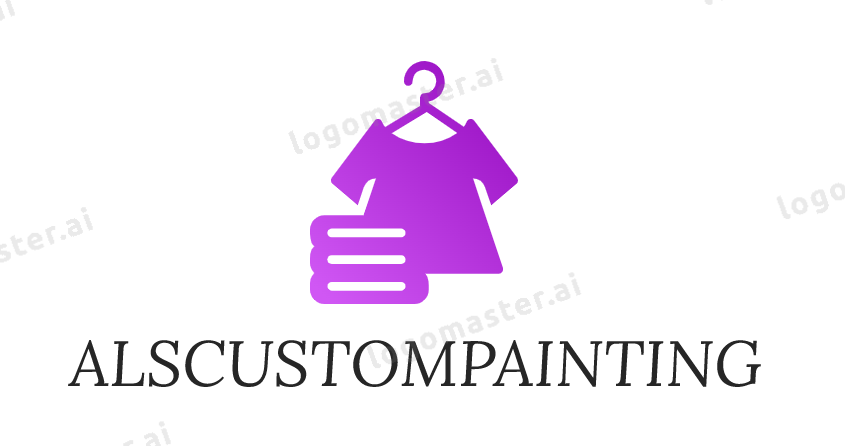
If you’re navigating the intense journey of working on a startup, a strong brand identity is essential. This is because it leads to recognition, trust, and long-term success. However, with often tight budgets, investing in expensive branding agencies or software can be prohibitive. Fortunately, a plethora of powerful free tools are available to help you craft your visual identity, define your voice, and build a recognizable brand presence.
The digital landscape offers a level playing field where even nascent businesses can make a significant impact with strategic and visually compelling branding. These free tools not only democratize access to essential branding elements but also often provide intuitive interfaces and collaborative features, enabling founders and small teams to work efficiently on building their brand narrative. By leveraging these resources, startups can establish a cohesive and professional brand image across various touchpoints, from their website and social media to marketing materials, ultimately fostering stronger connections with their target audience and setting the stage for sustainable growth. So, here are some of the best options to help you with your startup’s branding.
Snappa
Snappa is a tool which is quite user-friendly and has an inventory of design resources for basic branding needs. This is a good option for elements like social media headers and simple graphics. However, its free version has several limitations for startups aiming for a strong and cohesive brand identity. One of these is the severely restricted number of downloads per month, making it impractical for consistent branding efforts across multiple platforms and materials.
The customization options, while adequate for basic tweaks, lack the depth and control required for nuanced brand expression, particularly in areas like typography and precise color matching to brand guidelines. Furthermore, the free plan offers limited access to their stock photo and graphic library, potentially leading to generic visuals that don’t effectively convey a unique brand personality. Startups requiring a wider range of design assets, frequent content creation, and more sophisticated customization to establish a distinctive brand identity will likely find Snappa’s free version insufficient.
Canva
This is a widely accessible and user-friendly platform for various design needs, including initial branding elements for startups. This is because it has a decent amount of social media templates and customization options for simple design needs. However, many of its features relevant to startup branding are locked behind a paid version. In addition, you can only access a large portion of its stock photos and graphics with the premium plan. This prevents startups from creating a truly unique and comprehensive brand identity. This can restrict startups with limited budgets to more generic designs that may not effectively capture their unique brand essence.
Furthermore, while Canva’s interface is intuitive for basic tasks, it is nog complex enough for advanced design capabilities. So, if you want features like precise control over typography, color palettes, and the creation of complex visual hierarchies, the free version of this tool may not work for you. The inability to export designs with transparent backgrounds in the free plan can also be a significant limitation for logo integration and versatile brand application across different media. While Canva is a great starting point for basic visual creation, startups aiming for a distinctive and professional brand identity will likely find its free version increasingly restrictive as their needs evolve.
Fotor
While Fotor offers a user-friendly interface and a range of basic editing tools accessible in its free version, it presents several drawbacks for startups aiming for comprehensive branding. Although it provides templates for various design needs, including social media posts, the free options can feel somewhat generic and less tailored for establishing a unique brand identity. This does not make it suitable in this increasingly competitive market environment.
A significant limitation is that many of the more advanced features, including AI-powered enhancements and a wider selection of design assets, are locked behind a paid subscription, restricting startups with tight budgets. Furthermore, the free version may include watermarks on saved designs, which can detract from a professional brand image. While Fotor can be a good starting point for quick and simple edits, startups requiring more sophisticated design control, a wider variety of high-quality assets, and watermark-free outputs for consistent branding across various platforms will likely find its free capabilities insufficient.
PosterMyWall
PosterMyWall can be a valuable free branding tool for startups. This is because it offers numerous advantages for establishing a visual identity without significant upfront costs. Its user-friendly drag-and-drop interface makes it accessible to individuals with varying design skills, allowing for the quick creation of various branded materials. In addition, you can create everything from social media graphics to posters and flyers. The platform boasts an extensive library of customizable templates, providing a solid foundation for consistent branding across different platforms.
Furthermore, the free plan offers access to a vast collection of stock photos and videos, reducing the need for external asset sourcing. Startups can easily incorporate their logos, brand colors, and messaging into these templates, fostering brand recognition. They can even save these to the platform in dedicated folders for easy access at later dates. Collaboration features, even in the free tier, enable teams to work together on branding materials efficiently. In addition, PosterMyWall’s recent integration for generating AI images offers a unique avenue for creating custom visuals aligned with the brand’s aesthetic. While the free version includes a watermark on downloaded designs, the sheer volume of free templates and assets, combined with its ease of use and collaborative capabilities, makes PosterMyWall a strong contender for startups who want to establish a great brand identity without breaking the bank.
How to choose the best option for your startup
Choosing the optimal design tool for your startup requires a strategic approach that aligns with your specific needs, budget, and team expertise. Start by clearly defining your design requirements: what kind of visuals you primarily need. Consider the complexity of your design needs and the level of customization required to reflect your brand identity effectively within the local market. Next, evaluate your budget constraints. Numerous free or freemium tools offer robust features for early-stage startups.
Assess the limitations of free plans, such as watermarks, download restrictions, and access to premium assets, and determine if these limitations are acceptable for you. Then, consider your team’s design skills. Opt for a tool with an intuitive interface and a manageable learning curve if your team lacks extensive design experience. Template-based platforms can be particularly helpful for creating consistent visuals quickly. Also evaluate the tool’s scalability. As your startup grows, your design needs will likely evolve. Choose a tool that can accommodate this growth, whether through affordable paid upgrades or a robust free tier that can handle increased usage.
Finally, consider integration capabilities. If you already use other marketing or collaboration tools, ensure your chosen design platform integrates seamlessly into your existing workflow to maximize efficiency. If you carefully consider these aspects, you can select the design tool that best empowers you to build a strong and visually appealing brand identity.
